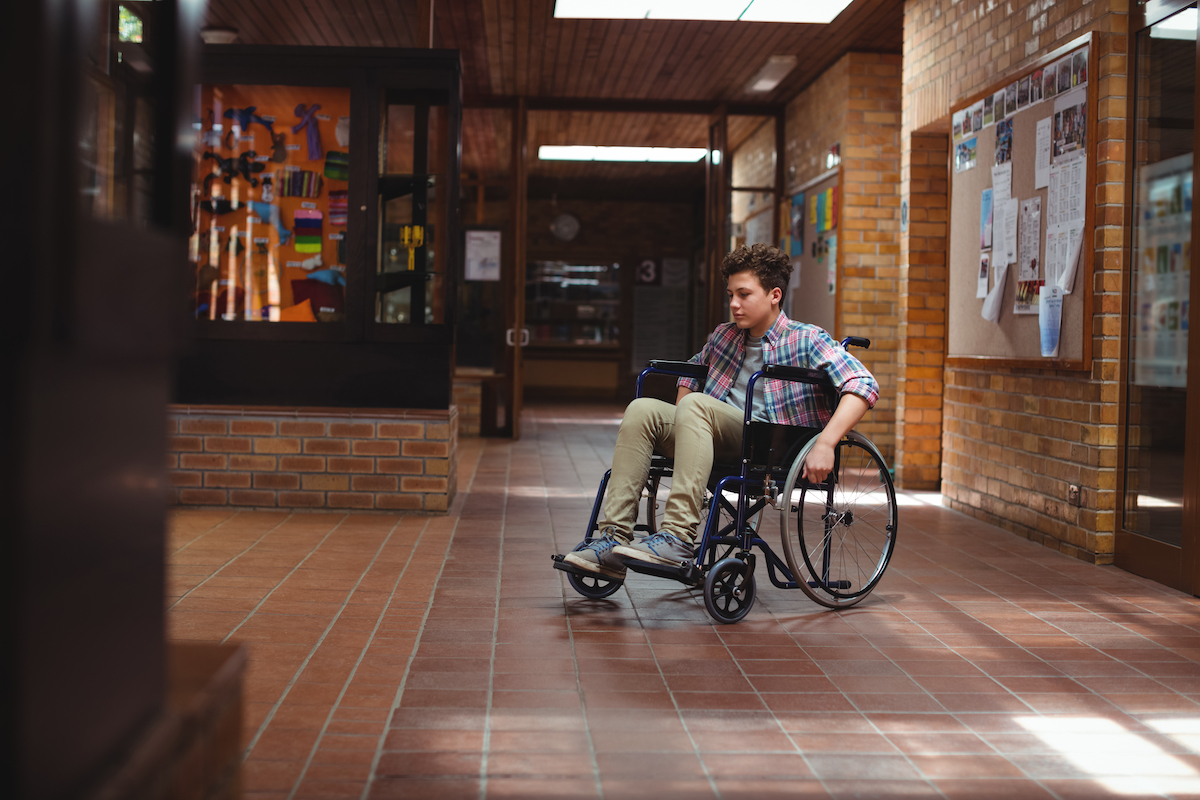Last week we talked about setting up the necessary training schedule. We discussed the purpose of the training program, the necessary items to include in your schedule, and the people you should involve in the program. Finally, we discussed the four basic elements of a good training program: Subject matter (your policies and plans), Training (teaching what it is that you need them to perform during an emergency in regard to expectations, responsibilities, and tasks), Demonstration (showing them what you want them to do and how to do it), and finally, Observation (watching them perform the tasks and meeting the expectations).
This process is likely where most of us fail to meet the expectations of our communities and parents. The expectation, discussed in the “Meeting Expectations” blog, is that children are to arrive safely at school every day, are able to learn in a safe and supportive environment while at school, and are returned safely to their parents or guardians each and every day. This week’s blog will focus on the Demonstration and Observation phases of your training program. It will be assumed that you have created your subject matter and have taught your staff what it is that you want them to learn.
To ensure clarity on the subject of this blog, let's first establish the three primary delivery mechanisms that you'll utilize to train and assess your staff: Drills, Tabletop Exercises, and Full-scale Exercises. These methodologies have distinct roles in the training program, yet often face misunderstanding, and unfortunately, one of them tends to be underutilized.
- Drills: Drills are a form of exercise that focuses on a small portion of what would actually be expected to be accomplished during an actual emergency event. As an example: The well-known/used Fire Drill. We typically sound the alarm, have our students line up and in an orderly fashion, walk the same path to their evacuation assembly area. How many times have we worked with the fire department to work through a major fire that has injuries, or worse yet, fatalities? The benefit is that we can have everyone “drill” that in a very short period of time. The downfall is that if we only ever practice the “Fire Drill” that we have been doing since the mid-1950s, we will not know what to do if it is something other than a smooth best-case scenario.
- Tabletop Exercises: This type of exercise, as the name suggests, is primarily done on a tabletop with a small group or groups of people to work through a scenario. The scenarios used can be as simple or as complex as you wish. While these exercises can be intimidating at first, they should become your most utilized method of exercising your plans. Once you get the hang of them, they are simple to construct, you can add different variables very quickly and easily, and you can train one team or several teams at the same time. Although the more teams you have, the more complex managing the exercises becomes.
- Full-scale Exercises: As the name suggests, this is an exercise that runs through an entire incident (scenario), with all of the partners and role players present. Everyone is expected to complete their roles as though they were in the actual event. These are usually very realistic and complex, and sometimes they can be very expensive. They take a fair amount of planning and training leading up to the exercise. The benefit of these exercises is that you get a feel for the actual event and if done correctly, almost everyone will come away from them feeling confident and accomplished.
No matter which exercise methodology you wish to use, they must be planned and should be scenario-based. Typically, there are two reasons to run any of these exercises: training and testing. Generally speaking, unless there is some requirement or certification at risk, I tend to lean toward the training aspect of exercises. It creates a better learning environment, reduces stress, and encourages engagement. That is not to say that they shouldn't be taken seriously. They should be taken seriously, as everyone should strive to meet a standard that is set by policy and if they can’t meet the expectations, training should be conducted to correct any deficiencies. Let’s talk about the components of a drill or exercise and the timeline for initiating them.
Initially, putting drills and exercises together will take more effort as you learn the process and get into your rhythm. It will become easier for everyone once they understand what is expected of them. Of course, you have completed all of the steps of putting your training schedule together, you have trained all of your staff accordingly, and now you are ready to start your drills. Sequencing the drills and structuring them to get the most out of every drill and exercise will serve you well in the long run.
- Start with the training of all your plans at the beginning of the year.
- Develop your drill schedule to ensure you conduct the required drills as often as necessary to meet compliance requirements.
- Develop a scenario to base your drill on (more about this later).
- If you are, and you should, going to use emergency responders in your drills, make sure you give them proper training and plenty of notice to ensure they can participate.
- A short time before the drill, I like to remind everyone of the expectations and responsibilities they are expected to perform during the upcoming drill: lockdown, secure, evacuation, shelter, and hold protocols (www.iloveuguys.org for the SRP training materials).
- Have designated evaluators review and evaluate all of your drills.
- A few days to a week before the drills, I like to have the safety teams run through a Tabletop exercise to refresh and reinforce expectations, responsibilities, and what they can expect from the staff who are participating in the drill.
- On the day of the drill, make sure the safety team is ready and there are no unforeseen circumstances that would force you to delay or cancel the drill.
- At the prescribed time, initiate the drill or exercise.
- When the drill or exercise has been completed, ask the participants to complete an after-action review survey to notify the safety team of any concerns, suggestions, and/or corrections needed.
Scenarios are the key to running reality-based drills. According to the Standard Response Protocols (SRP) from the “I Love U Guys” Foundation, there are five emergency protective actions one can take in response to an emergency. One, all, or a combination of these can be used to give your staff and students their best opportunity to survive any incident they may encounter. Each SRP can be used in multiple scenarios based on the action needed that will best protect your school. While it is important to know how to execute these SRPs, the real key to their success is understanding under what circumstances and when to execute them. This is where scenario-based drills come into play. Scenario-based drills employ the use of a storyline (scenario) that is meant to drive your school to trigger a specific protective action that is being drilled on that particular day. So how do we develop these scenarios? Here are a few things to consider while constructing scenario-based drills:
- What are the goals and objectives of the drill? Let's consider SRPs, that is, which emergency protective actions we're aiming to train and execute.
- The amount of time given to accomplish our goals and objectives.
- The sophistication of my school staff.
- When actually developing the storyline, I use recent events and ask, “If this happened here, what would I have done? How would we have handled that same situation on our campus(es)? Additionally, you can use the same scenario multiple times if you change one or two important details. As an example: change the time of day; the location of the incident on campus; when the students are all in the classroom; at an after-school event (theater production or sporting event).
Completing scenario-based drills gives your staff and students the opportunity to identify behaviors and circumstances that would cause them concern enough to take action to protect themselves and others. If we are not trying to get people to recognize dangerous situations and take the appropriate actions, then we are creating a culture (and we have seen this play out in recent events this year and late last school year) where people don’t take an active role in their safety and wait to be told what to do and when. This is the primary reason I am trying to change the edict from, “See Something, Say Something”, to “See Something, Do Something.”
In the following week, we will take a closer look at the concept of "Situational Awareness" and its crucial role in school safety. Understanding this skill is vital, as it could potentially be the most important factor in ensuring your survival. In the meantime, please be sure to visit all of our other blogs and podcasts for additional information. Also please subscribe, like, and share these with your colleagues and friends so you can help us make your schools and our communities safer.












No Comments Yet
Let us know what you think